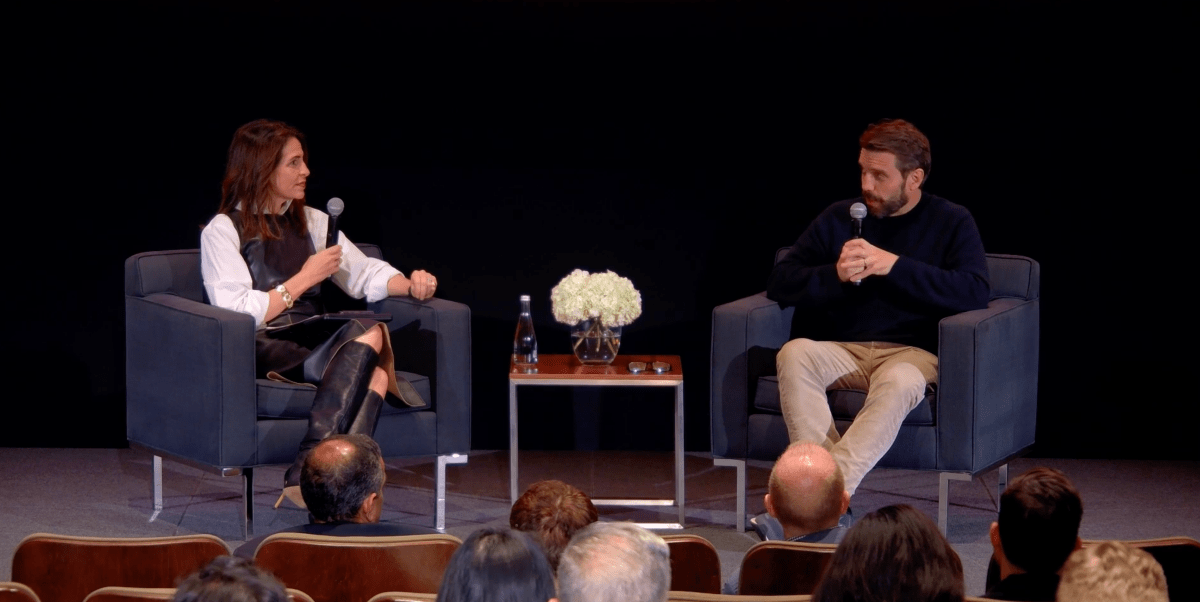On paper, Netflix’s latest sci-fi anime, Moonrise, appears to be a dream collaboration that is too significant to fail, despite the platform’s lackluster promotion prior to its release. With a talented team consisting of director Masashi Koizuka from Wit Studio (Attack on Titan), character designs by Hiromu Arakawa of Fullmetal Alchemist fame, and scripting by Tow Ubukata (Fafner in the Azure), the series promises a space opera that captures the essence of Star Wars and Space Battleship Yamato. This impressive combination of talent elevates Moonrise to must-watch status, even before a single frame is seen. However, the narrative struggles to maintain a consistent harmony with the anime’s stunning sci-fi action sequences and sharp animation, resulting in an uneven viewing experience under Netflix’s instant-gratification binge-watch model.
Moonrise is set in a near-future utopia where humanity thrives, free from racial discrimination, war, pollution, and prejudice, thanks to the global AI network, Sapientia. This AI meticulously oversees global politics, and one of its initiatives involves a lunar development project, where Earth’s challenges are offloaded to the moon, including sequestering criminals and pollutants. However, this sparks a civil war among three factions: a rebel army on the moon, lunar “Sapientian” loyalists, and Earth’s joint military force. At the center of this conflict is Jack Shadow, a character driven by the loss of his family in a terrorist attack, who joins a covert scout unit tasked with neutralizing the rebel leader, Bob Skylum. Nevertheless, his mission takes an unexpected turn when he discovers that a childhood friend is fighting on the opposing side.
The anime’s narrative is set against the backdrop of a world where Sapientia has created a seemingly idyllic society, but at a cost. The lunar development project has become a point of contention, with the rebel army fighting against the Sapientian loyalists and Earth’s military. As the conflict escalates, Jack finds himself torn between his mission and his personal relationships.
From the outset, Moonrise embodies the grandeur of a high-budget Hollywood space opera, matching the prestige of its dream team of creators. The anime’s visuals are stunning, with intricate architectural designs and fluid, weightless movements that evoke the Survey Corps’ acrobatic 3D maneuver gear from Attack on Titan and the gravity-defying double jumps of Destiny 2‘s guardians. The fight choreography is immaculately drawn, with heroes and villains gliding across the screen in a seamless blend of action and drama.
The show introduces a distinctive form of space magic known as “engrave,” which allows its heroes to transform special matter, crafted by Sapientia, into energy-based weapons like blades, guns, and ammunition. While Moonrise takes a loose approach to defining the limits of engrave, likening it to the alchemy of Fullmetal Alchemist or the power of Green Lantern rings, this doesn’t hamper the anime’s undeniable cool factor. The themes of Moonrise are weighty and relevant, mirroring the socio-political climate of 2025, where disenfranchised rebels criticize Sapientians for their economic privilege.
Another notable aspect of Moonrise is its character designs, which are both comfy and diverse. Arakawa’s designs enrich the anime with diverse body types and ethnicities, making the cast feel like a reflection of the real world. The characters are visually striking, but unfortunately, the supporting cast is ultimately hollow, serving archetypal roles rather than contributing anything meaningful to the story.
By the midpoint of Moonrise, its once-absorbing themes and gripping narrative begin to dissolve, like a vibrant sticker in a car’s rearview mirror—its colors fading until only a shadow of its former self lingers as the story trudges forward. Much of this stems from the show’s peculiar storytelling approach, which squanders its foundation with erratic time handling, ultimately undermining its depth. The anime’s pace is uneven, leaving viewers grasping for clarity as they struggle to decipher the true motives of its key players beyond the basic notion of opposing factions.
Despite its ambitious attempt to weave numerous moving parts into an 18-episode run, Moonrise struggles to maintain narrative cohesion. The show feels like a rushed finale of a multi-season show or a compilation film that glosses over heartfelt character moments, reducing its depth to broad strokes. As a result, despite its extended runtime, the anime feels like it sacrificed crucial content that could have smoothed out its abrupt character developments, leaving viewers with the sense that too many significant details and explanations are missing.
Another casualty of Moonrise‘s bizarrely paced narrative is its wonderfully designed characters. The takeaway feels like you’ve given a kid a 128-color crayon box and then witnessed them favor a handful of colors, leaving the rest unused. Outside of the anime’s four leads, the supporting cast is visually striking but ultimately hollow, serving archetypal roles rather than contributing anything truly meaningful to the story. The only glimpse of meaningful characterization for Moonrise‘s supporting cast
Source Link








